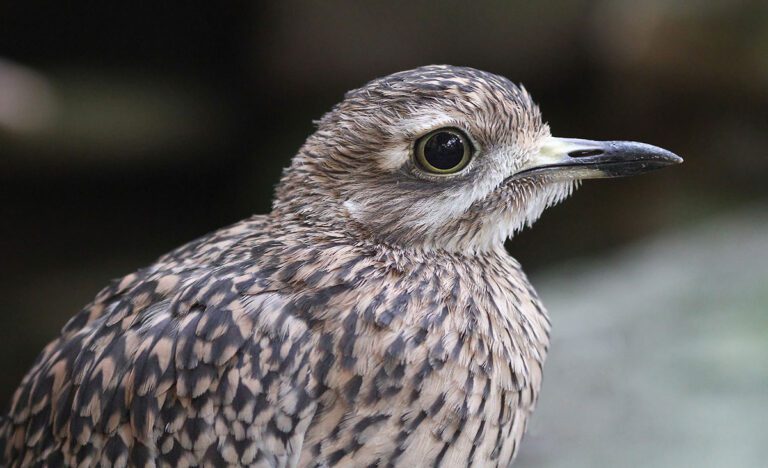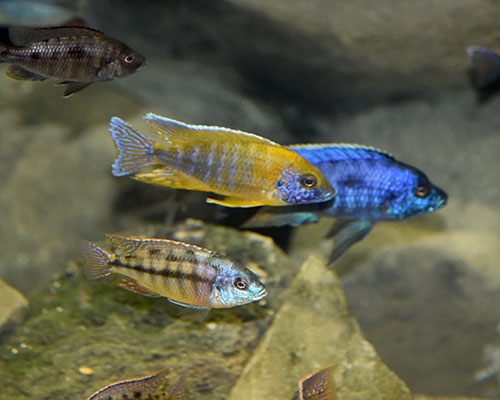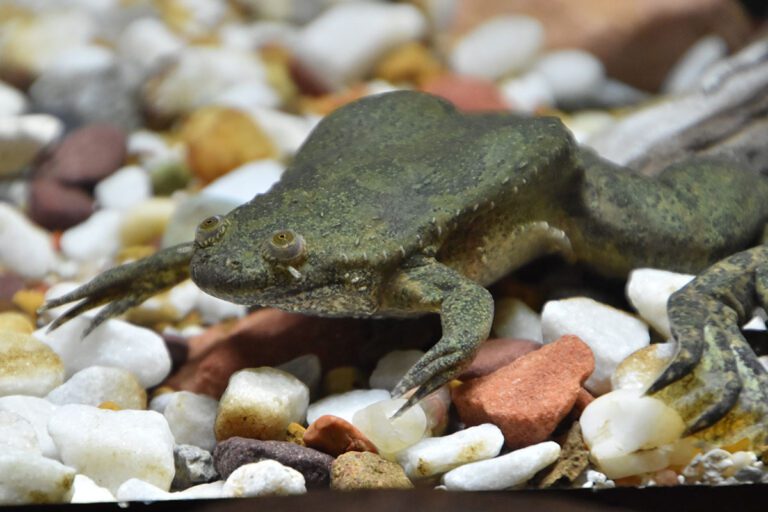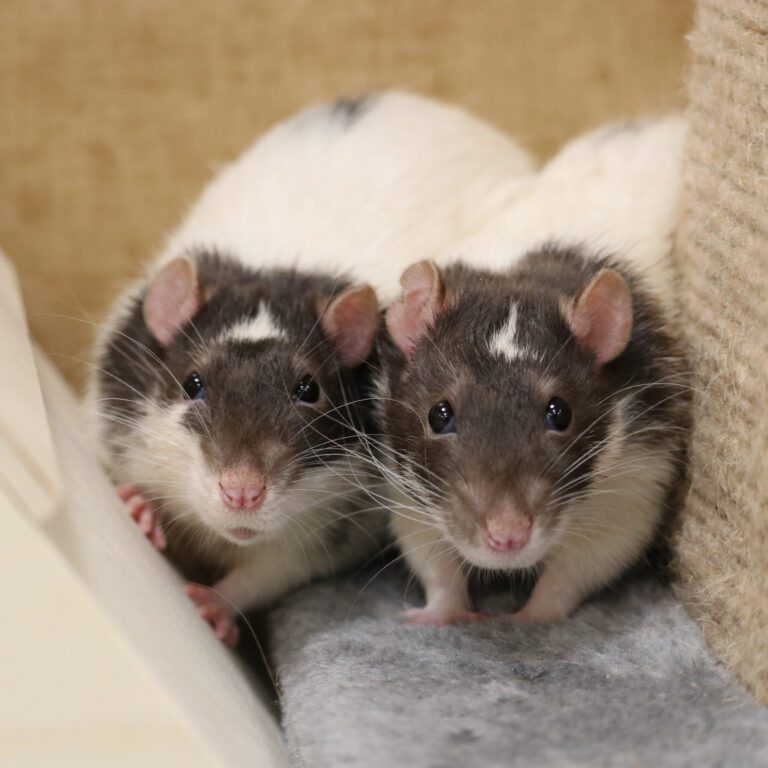Golden-Breasted Starling
Seneca Park Zoo is home to one golden-breasted starling. It resides in the aviary inside the Animals of the Savanna building.
Animal Facts
The golden-breasted starling is regarded as the most beautiful bird in the world, spurring large-scale capturing for the pet trade.
Their tail makes up about 60% of the bird’s length.
Golden-breasted starlings are cooperative breeders, which means all group members assist with building nests and feeding young.
Will often nest in old woodpecker holes
Diurnal; don’t migrate; very social and noisy like all starlings
Diet
Though primarily insectivores, golden-breasted starlings may also eat snails, spiders, seeds and fruit.
Status in The Wild
- Least Concern
International Union for Conservation of Nature (IUCN) Red List status
Golden-breasted starlings are found throughout eastern Africa, including Somalia, Ethiopia, Kenya and Tanzania.
They prefer arid or semi-arid climates, and are usually found in savannas and shrublands. Although their population trend is stable, they are facing a threat from overcollection for the pet trade.


More Animals From Africa





African Bullfrog (Ambassador Animal)





African Bush Viper





African Elephant





African Lion





African Penguin





Ball Python (Ambassador Animal)





Buffalo Weaver





Cape Thick-Knee





Congo African Grey Parrot (Ambassador Animal)





Domestic Rabbit (Ambassador Animal)





Dumeril’s Ground Boa (Ambassador Animal)





East African Spiny-Tailed Lizard





Giant African Millipede (Ambassador Animal)





Giant Day Gecko





Golden-Breasted Starling





Great Plated Lizard





Henkel’s Leaf-Tailed Gecko





Kenyan Sand Boa (Ambassador Animal)





Lake Malawi Cichlids





Madagascar Hissing Cockroach (Ambassador Animal)





Madagascar Tree Boa (Ambassador Animal)





Masai Giraffe





Mombasa Golden Starburst Tarantula





Mueller’s Clawed Frog





Naked Mole Rat





Olive Baboon





Pancake Tortoise (Ambassador Animal)





Plains Zebra





Ring-neck Parakeet (Ambassador Animal)





Speckled Mousebird





Superb Starling





Taveta Golden Weaver
























































